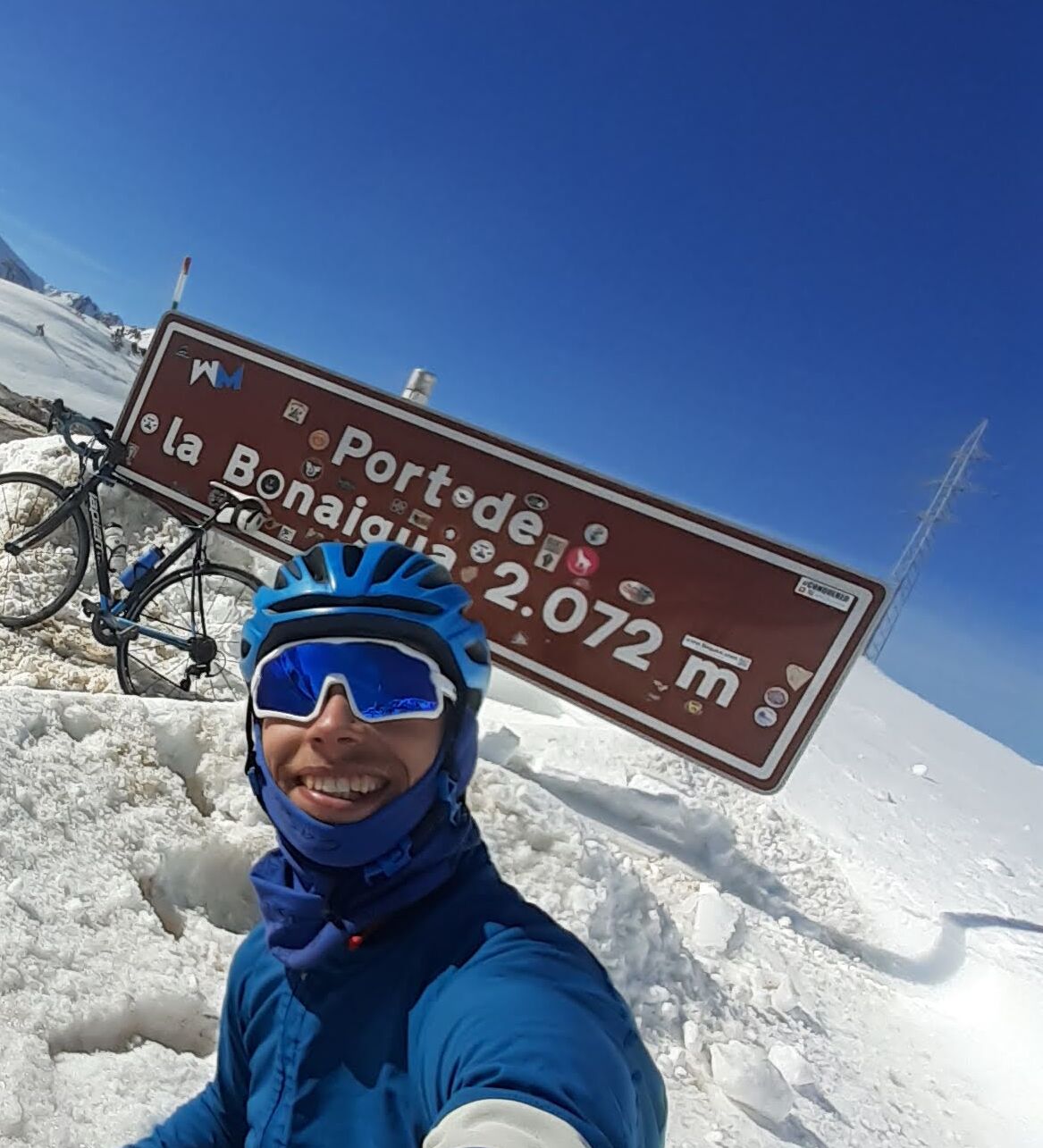'Things can go haywire quickly': Jonas Vingegaard's wife says Tour de France cyclists are close to burnout - is that actually true?
Race days are down, but altitude camps are more frequent. Are cyclists lives more intense than ever before?
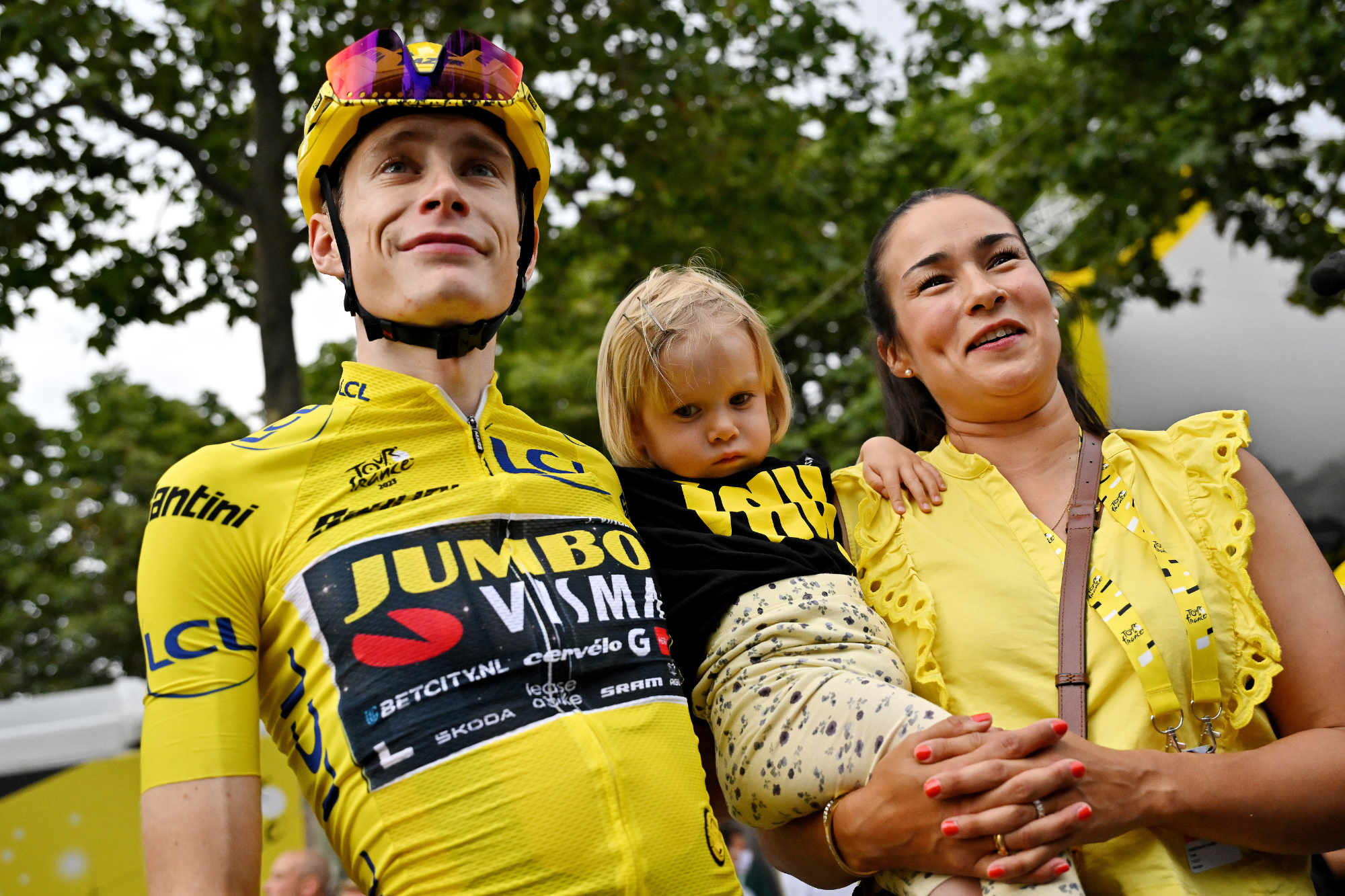
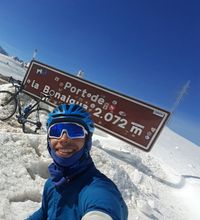
It’s the article that the entire Tour de France can’t stop talking about: Jonas Vingegaard’s wife, Trine Hansen, says the two-time Tour winner is “burning the candle at both ends”, and complaining that “so much travel” and a near-year-round schedule is “squeezing the lemon too much.”
The inference from Hansen was clear: if her 28-year-old husband continues in this vein, he will soon reach burnout and have a physical and mental collapse owing to too much workload. Speaking to the Danish newspaper Politiken, she added: “It starts in February and it’s back and forth every other week… It’s a really tough life. Jonas doesn’t recharge when he’s on another three-week altitude training camp with the team. He really needs to be with us at home in Denmark to do that.”
Vingegaard’s Visma-Lease a Bike team immediately attempted to shut down the story, insisting that there was no problem with their star rider’s schedule, while he himself played down his wife’s comments. Nevertheless, the interview, which took place a fortnight before the race, has sparked a debate that continues to reverberate around the Tour bubble: does Mrs Vingegaard have a point? Is the intense schedule of camp-race-camp-race-camp, with so little time at home, risking athlete welfare? In a nutshell: are modern day cyclists really close to burnout?
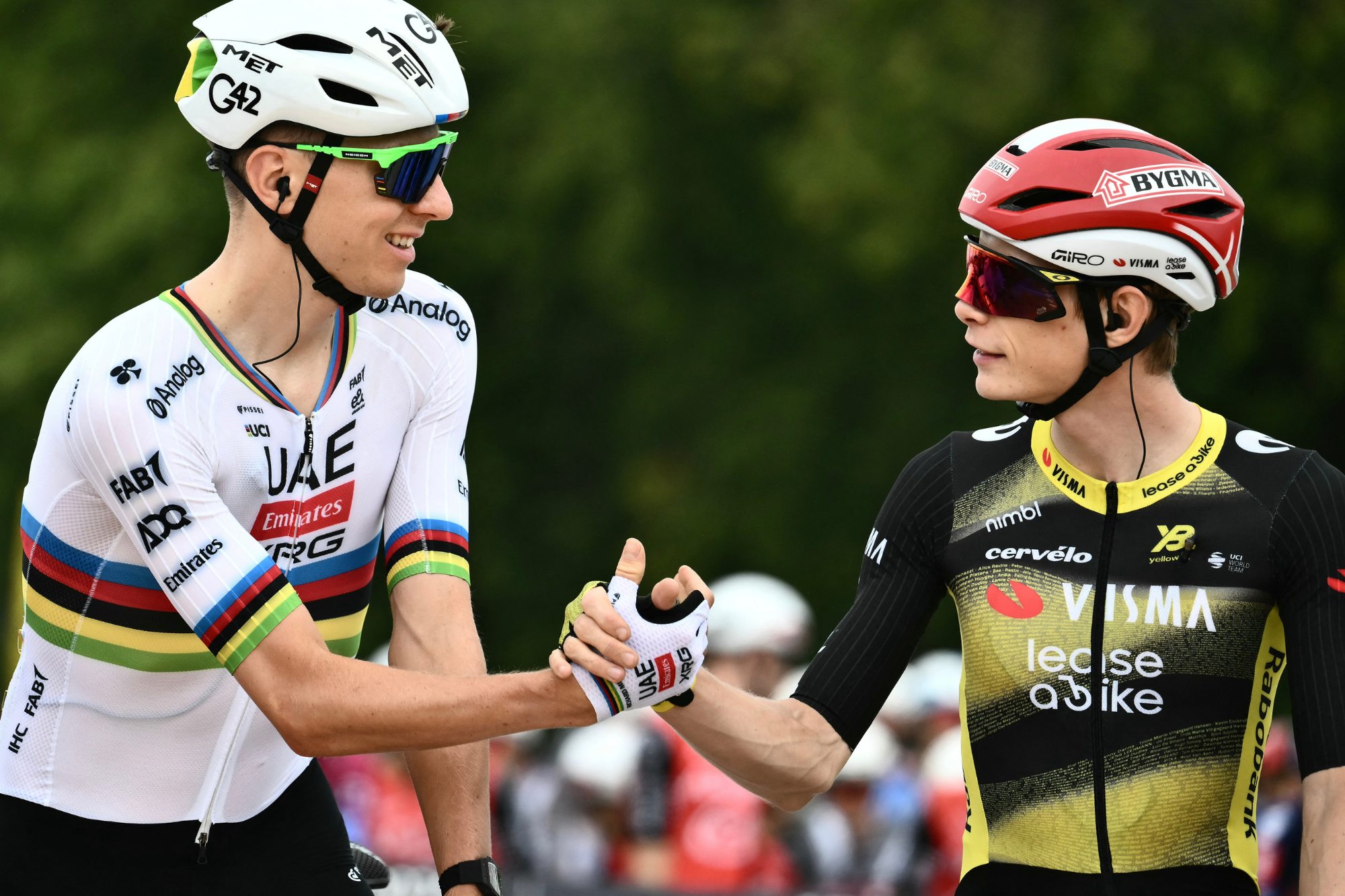
Jonas Vingegaard and Tadej Pogačar tend to race less than most riders in the peloton
Breaking down the numbers
Until the 1990s, most professional cyclists would ride between 50 and 55 race days a year, less than last year’s average of 79 days, per data from ProCyclingStats. But it’s also true that riders in the 60s, 70s and 80s often competed in winter track events – something that isn’t uncommon today, but which happens less and less – which increased their number of competition days. In the late 1990s, when the sport began to globalise more and top-tier racing became mandatory for top division teams, the number of average race days shot up: between 2006 and 2011, most of the best riders in the world were riding at least 90 days a year; sprinter Erik Zabel, a winner of 149 races, rode in excess of 100 race days for nine consecutive years before 2000 and 2009.
Since the Covid pandemic, the number of race days among the WorldTour peloton has dropped marginally, from 82 in 2019 to 79 in 2024. The biggest stars, Vingegaard, Tadej Pogačar, Mathieu van der Poel, and Remco Evenepoel rode even less last season – 44, 58, 42, and 62, respectively. The numbers suggest that more was demanded of riders, especially the superstars, a few decades ago, contradicting Mrs Vingegaard's statements. But is that true?
“I don’t want to come across as old-school cycling, but I scratch my head: how are they actually away from home now more than in the past?” asks Rolf Aldag, Red Bull-Bora-Hansgrohe’s lead sports director at the Tour, who rode professionally from 1990 to 2005. In his last six seasons as a rider, Aldag averaged 99 race days per year. "In the past I’ve roughly done 115 race days [113 in 2000 was his highest - ed], plus travel, Six Day track races in the winter, the whole of December I was training in California, and then we’d go to Mallorca. We didn’t do altitude camps, but we still had training camps for several weeks.”
What’s changed is not the duration of time away from home, but the destination. Mallorca and other favoured spots like Calpe and Tuscany are out during the season, and high-mountain landscapes like Tenerife, Andorra, Sierra Nevada and Tignes have replaced them. “Maybe it’s just the feeling that’s different,” Aldag says.
The latest race content, interviews, features, reviews and expert buying guides, direct to your inbox!
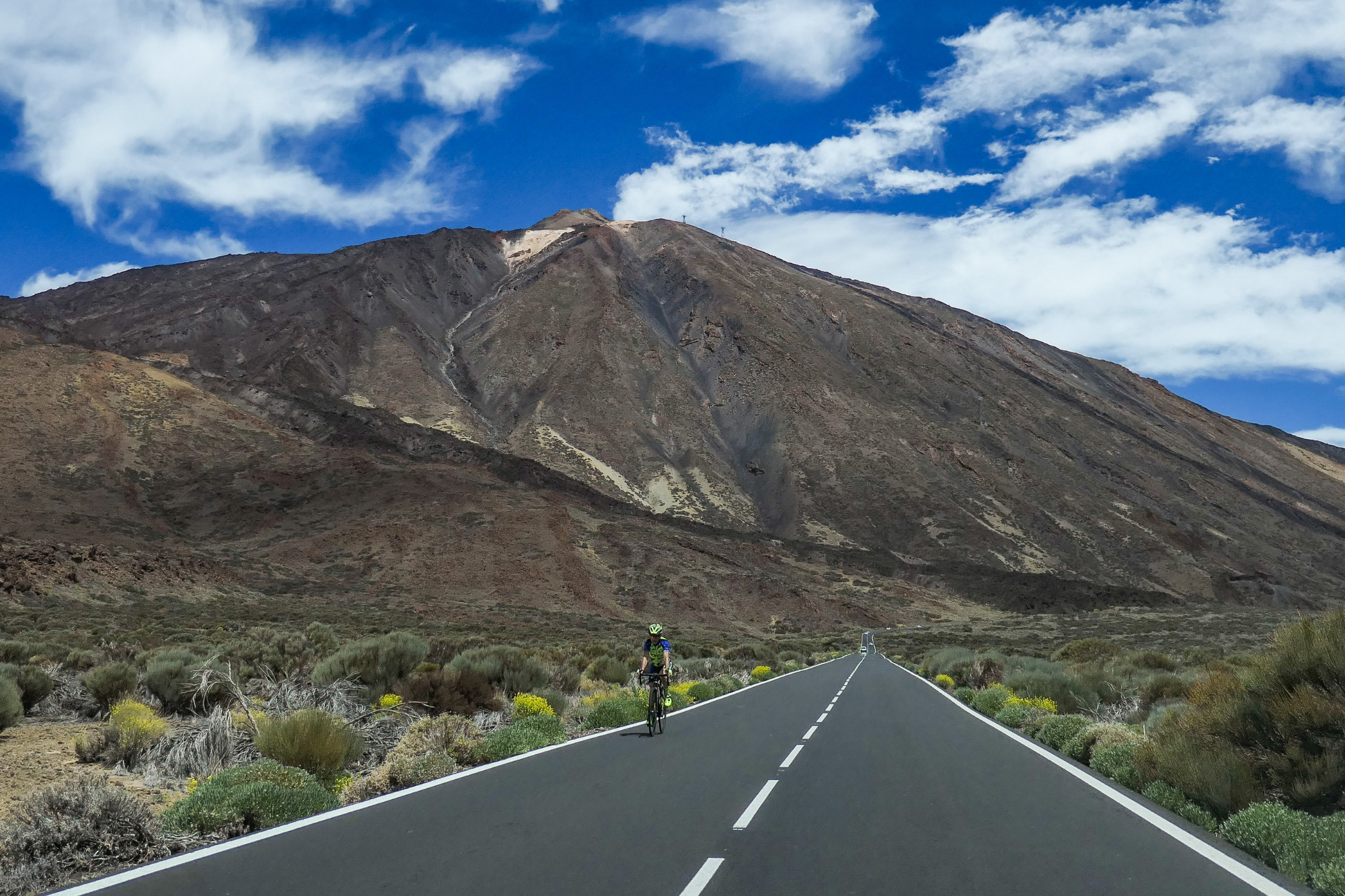
Teide in Tenerife is frequented by WorldTour cyclists throughout the year
Months away
How often is an elite-level rider away throughout the year? Stephen Barrett, the head coach of Decathlon AG2R La Mondiale, breaks down the figures: “Our top guys do two three-week altitude camps per season, and also one big team camp in December, so you’re talking 10-12 weeks a season just at camps – that’s a conservative number for some guys, by the way. On top of that you have the races, which are anywhere between 50 to 70 days, give or take.”
Altitude camps have been around for decades, but in the past five years their popularity has exploded. Riders even go high in the winter nowadays to be able to be competitive throughout the season. “February races used to be preparation races, but now they’ve become so important that there’s no such thing as a preparation race. More and more guys are going to altitude in January,” Barrett continues.
“Riders go to altitude before their first peak of the year which takes in Paris-Nice and Tirreno-Adriatico, and then they’ll go back to altitude for their second peak, which will either be the Giro d’Italia or the Tour.”
For those going to the Tour, they typically spend most of May up Teide in Tenerife, or at Sierra Nevada in southern Spain. After riding the Critérium du Dauphiné or Tour de Suisse, some riders then return to altitude for two weeks before the Tour.
“Top-up camps are becoming more common,” Barrett adds, "but we also know that if a guy goes to altitude for six weeks, there’s a good chance they’re going to burn out. It’s a balancing act and we have to be very conscious and adaptable to how riders respond.”
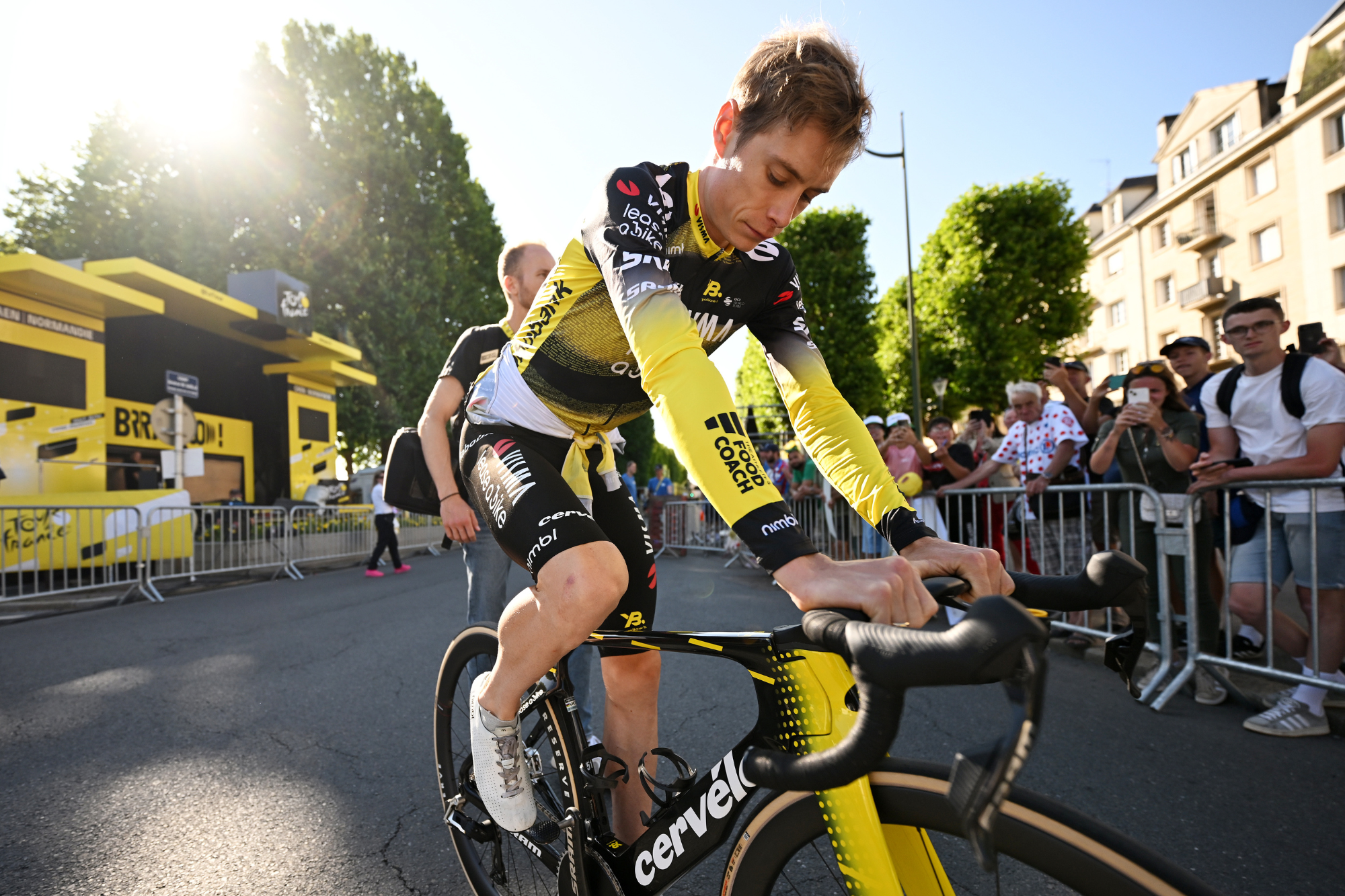
Jonas Vingegaard is aiming for his third Tour title this July.
Constant monitoring
Going by Barrett’s calculations, if a rider spends around three months a year at camps, and then roughly the same duration travelling to and from races and competing, that’s around six months away from home. Teams put in measures to keep riders mentally fresh, and thus many riders welcome their families to camps; some teams, such as Lidl-Trek, host camps in Andorra, aware that more than half of the peloton now reside in the small Pyrenean principality. For riders that respond negatively to altitude – such as Bahrain Victorious’s Matej Mohorič – they are kept at home.
Adriano Rotunno, UAE Team Emirates-XRG's medical director, explains that there is a limit on the amount of time a rider should spend at altitude: “The optimal elevation a rider should be [sleeping] at is between 1,800 and 2,000m, and two to three weeks maximum at a time.” Why can’t they stay longer? “If you operate too much with low oxygen, eventually what starts to happen is that the physiological parameters can go off. Yes, you improved your haemoglobin values, but at what cost? It’s fatiguing at altitude, and especially if you’re not born there or are not used to living at 3,000m, your physiology is not adapted to training at high intensities in such surroundings.
“Riders also use a heck of a lot of iron as fuel to continue to develop red blood cells, and if that starts to go down then ultimately your performance will start to dip, and then you’ve negated the whole point of going to altitude.”
Monitoring a rider at altitude is a daily task. Rotunno goes on: “We check a rider’s blood levels, sleep quality, heart rate, heart rate variability, appetite, mood, general motivation levels, rate of perceived exertion, and all these metrics get put together to give a global picture of their parameters. That helps us to decide if a rider is moving in the right direction and if we’re periodising their training correctly, and if there is diversion in one of the metrics from what we expect, it could indicate that there is something wrong and that’s where we intervene.”
In the case of a rider on the brink of burnout, they’d likely pulled from racing and camps. “We had a previous case where a rider’s physical parameters started to be mismatched,” Rotunno remembers. “We caught it early, but it was a reminder that things can go haywire quite quickly, and they can become chronic over time. It’s why we have to really be on the button in terms of monitoring these parameters, because these guys operate at such a high margin – they’re like little thoroughbred horses – that one little slip and it can derail their entire season.”
Vingegaard's wife argument was that increased expectations to win is creating fertile conditions for burnout, but Rotunno says that all teams “very strictly” control a rider’s workload. “Cycling has changed: you go to every race to win now, but there’s no point getting a guy to the race line if he’s burned out,” he adds. “We really keep a strict tab on our guys and make sure they’ve either had a good recovery, or post-big event they’re going to get a structured recovery.”
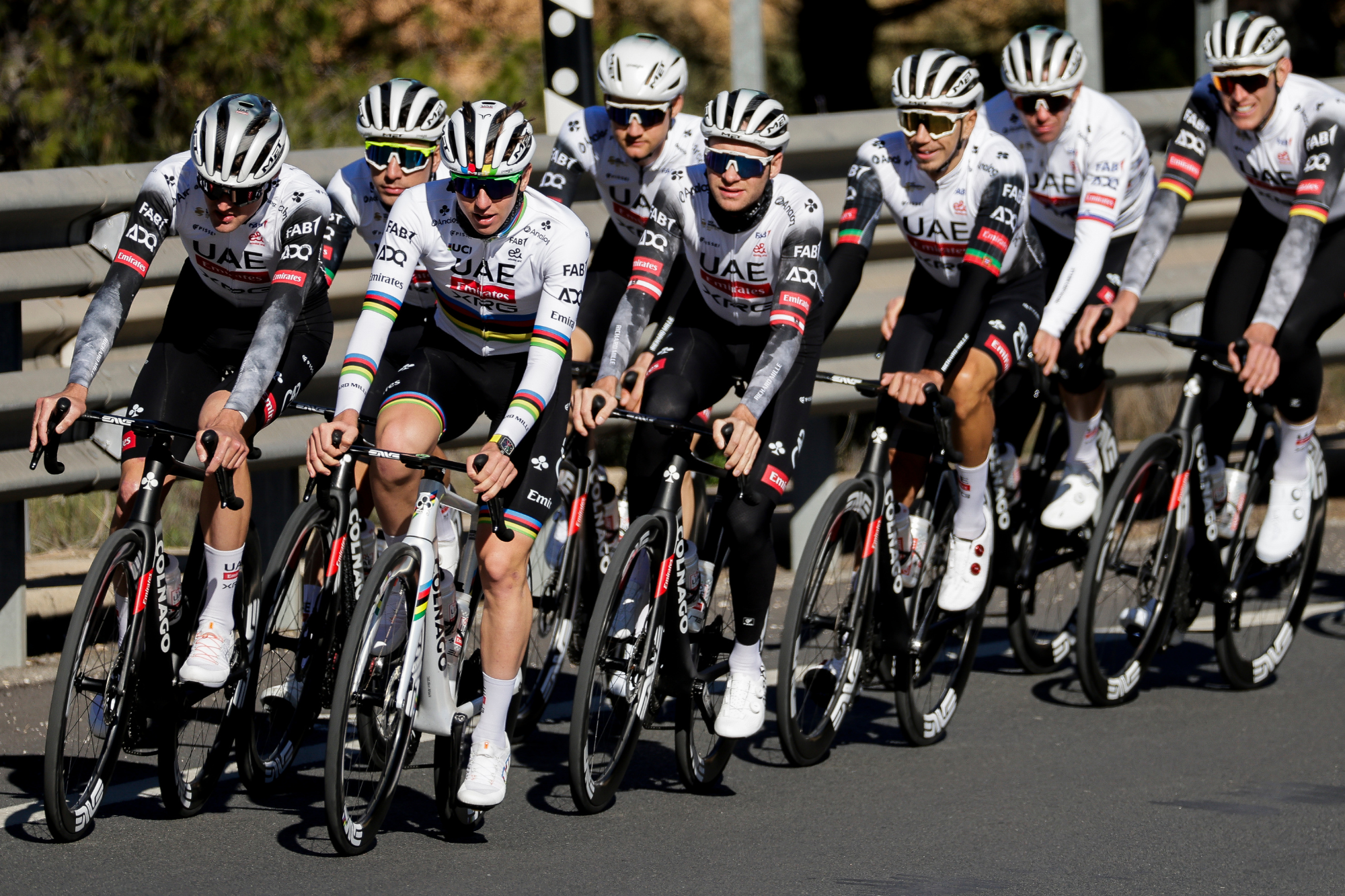
UAE Team Emirates-XRG, like all teams, spend most of December in eastern Spain.
What the riders think
Jayco-AlUla’s leader at this year's Tour is Ben O’Connor, who in 2024 finished second at the Vuelta a España and World Championships, and fourth at the Giro d’Italia. This year he went to altitude in Tenerife in February before racing two March stage races and then the Ardennes Classics. He then went to Sierra Nevada for 23 days ahead of the Tour de Suisse, before returning to his home in Andorra before the Tour. “You can go back to altitude if you want [after Suisse] but I’ve tried it in the past and I didn’t really like how I felt so I prefer to be at home before,” the Australian says.
When O’Connor is asked if riders like him are at risk of burnout because of the amount of months they’re away from home, he states: “You’re a professional athlete – you’ve got to do what you’ve got to do. If you complain about it, well, you don’t have to do it. It’s up to you to choose and sacrifice.”
The message O’Connor projects is that sacrifices are necessary for a professional cyclist to achieve their dreams. “It’s just like being a CEO of a major company: you have to fly to Sydney, to New York, and go to field sites to see what’s going on and how your company is performing. It comes with the job.” So there’s no space for being homesick? “Once again, [if a rider is] you wouldn’t be a good athlete.”
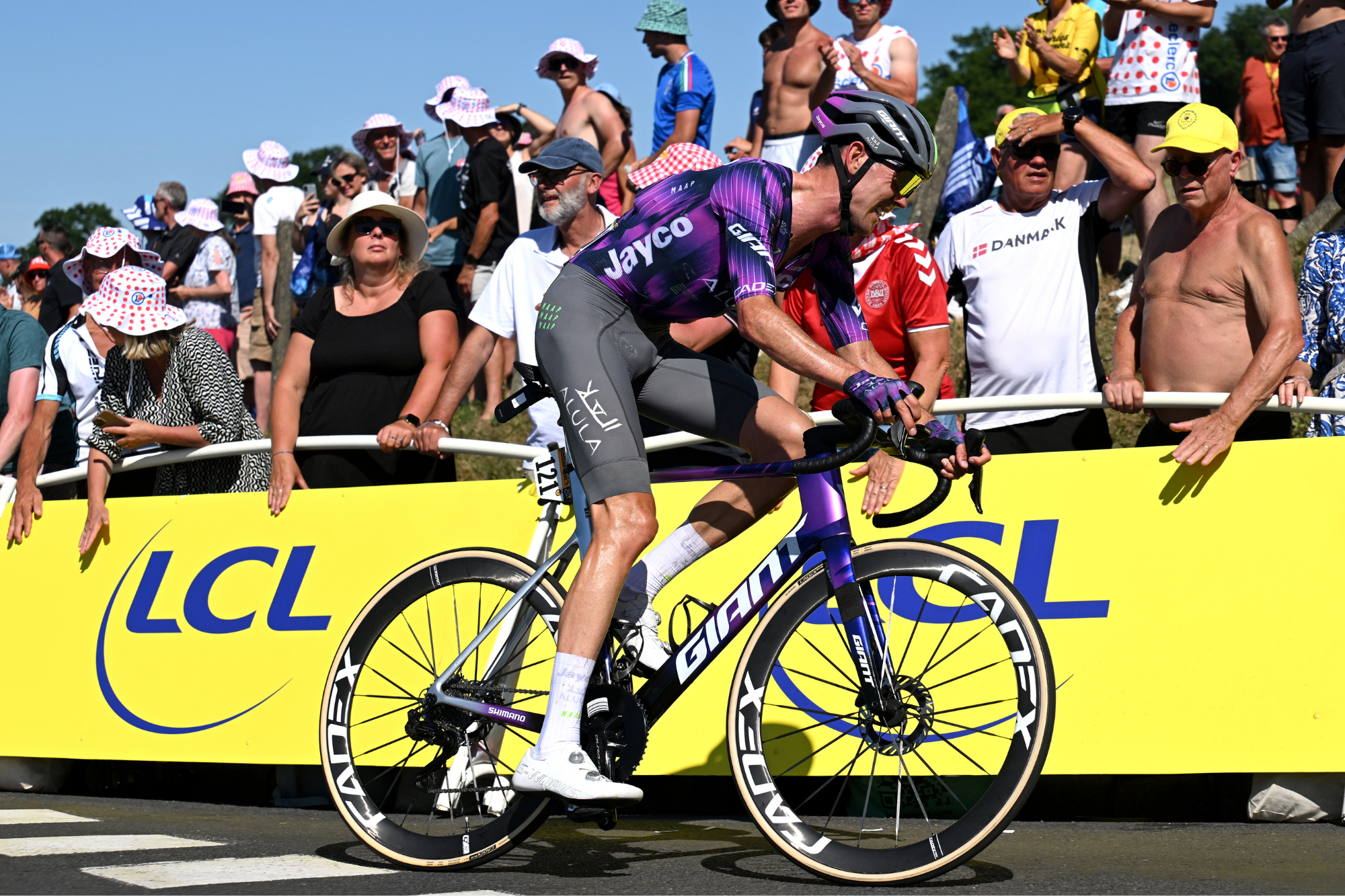
Australian Ben O'Connor had a typical build-up to this year's Tour de France: six weeks at altitude.
'Embrace it'
Cycling in 2025 is starkly different to what it was 20 years ago: bikes, clothing, helmets, nutrition plans and salaries have all markedly advanced. Schedules have altered, too: riders race less, but race more intensely. Still, it would be stretching the truth to suggest that riders are away from home more than ever. The difference is not the amount of days they’re on the road, but where they are.
The upshot is: no matter what era a rider is competing in, if they want to be a professional cyclist, they’ve simply got to accept a life of travel and hotel stays. “I’ve been in this sport for 35 years now,” Red Bull DS Aldag says. “My daughter studies in Amsterdam and my wife is mainly in South Africa. We see each other 30 days a year. But we decided to do so and who would I blame other than myself? It’s a free world: if you want to reduce it, you reduce it and that’s your decision.”
Vingegaard's wife's intervention has sparked much debate at the Tour, but, Aldag laughs, it won’t be leading to a rethink of altitude camps “Haha!” he responds to the suggestion of a blanket ban of them. “No, it has to be constant learning. We race, we do top-up camps, but we also send them home and then race. We have learned that we have to give riders time alone at home between altitude camps.”
O’Connor has the last say: “It’s part and parcel of the job. [Being at altitude] is about being with a good crew and having a good atmosphere. And that’s about it. I don’t need babysitting. Embrace it.”
A freelance sports journalist and podcaster, you'll mostly find Chris's byline attached to news scoops, profile interviews and long reads across a variety of different publications. He has been writing regularly for Cycling Weekly since 2013. In 2024 he released a seven-part podcast documentary, Ghost in the Machine, about motor doping in cycling.
Previously a ski, hiking and cycling guide in the Canadian Rockies and Spanish Pyrenees, he almost certainly holds the record for the most number of interviews conducted from snowy mountains. He lives in Valencia, Spain.
You must confirm your public display name before commenting
Please logout and then login again, you will then be prompted to enter your display name.
